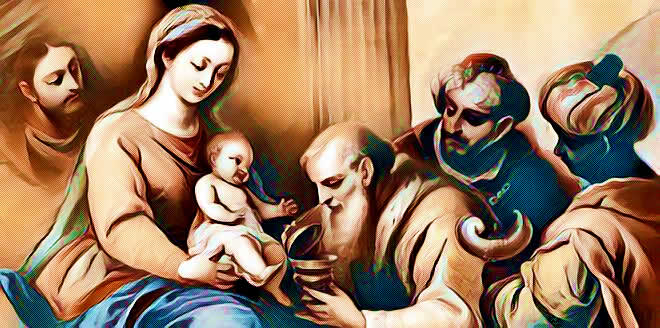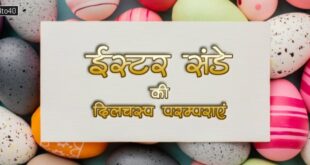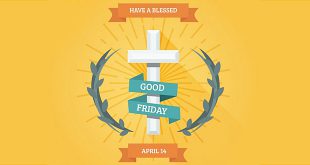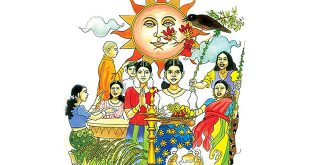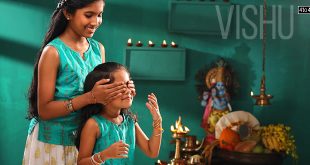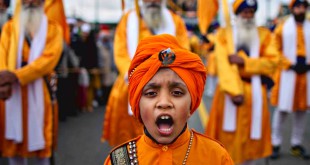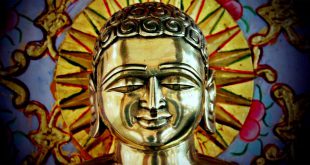Three Kings Feast (The Epiphany): A very popular event in Goa (India) is the Feast of Three kings. This feast is celebrated on the Festa dos Reis or Three Kings Day (The Epiphany) on January 6 every year. It takes place in the village of Verem in North Goa and those of Chandor and Cansaulim in South Goa. The Feast is celebrated by Christians and non Christians alike and is held in the small, century old stone chapel of Nossa Senhora dos Remedios or Our Lady of Cures.
Every year this feast is organized by the “vangodds” of the gauncars (who are the indigenous Goans) of the community of Cansaulim, Arossim and Cuelim. They are also the ones who helped to build the early Church in Goa. The preparation of the festival is carried out almost throughout the year with the final stage being the selection of three young boys for the role of the Three Kings.
Significance of Three Kings Feast:
The Lady of Mount is believed to be the protector of the people. She is worshiped as a fertility goddess and married couples who are not able to conceive pray to her for miraculous cures when they want to have children. She is known to fulfill all wishes of a devout person who prays to her at the chapel.
The feast of Three Kings is celebrated mainly to offer prayers and worship Lady of Mount. The idol of the Lady is ornately decorated with jewellery of flowers and gold, garlands, incense and candles and the worshipers offer gifts as a token of gratitude.
Every year thousands of people assemble at the little stone chapel of Nossa Senhora dos Reis to express their gratitude to Our Lady of Immaculate Conception – a lighthouse of faith and courage to its people. On the day of the Epiphany, a High Mass is held at the venue followed by a time of fun and frolic.
Festivities – Three Kings Feast (The Epiphany):
On Festa dos Reis or the Epiphany the isolated hill comes to life and activity. The kettledrums and the trumpets played early morning announce to one and all that the rejoicing and the festivity has started. The celebration of the feast continues for nine days culminating in the Epiphany on January 6. They are carried out in full swing on all days with a lot of music, dance and partying. Thousands of people walk up the steep hill on all nine days to attend the Mass and recite the Rosary before the Lady of the Blue Mantle. Even though a vehicle route has been arranged, people still prefer climbing the hill.
This occasion of nine days ends with a High Mass at 12 pm at the top of the hill which resonate the sounds of the choirs and the human steps. During the nine days Christians and Hindus come to worship at the Chapel and ask for guidance, blessings and prayer.
The Three Kings:
A dramatic climax takes place on the last day of the festival, the day of the Epiphany. Three boys ranging in age between eight and ten years from the villages of Cansaulim, Arossim and Cuelim enact the role of the three kings. They travel on horseback and cover miles of distance, each on a different path and converge some distance away from the Chapel of Nossa Senhora dos Remedios (Our Lady of Remedies) on top of the hill at Cuelim.
Dressed in a King s robe with gifts of gold, frankincense and myrrh they arrive together at the Chapel to offer the Lady of Mount gifts and prayers. The Kings are led by a little boy beating he kettle drum and followed by a happy crowd rejoicing in the spirit of the feast. The procession is held to commemorate the journey of the three kings who come to see Baby Jesus with gifts. The boys are dressed in elaborate clothing from decorative crowns and gowns fit for royalty.
In the Church, each of the Three Kings places their gifts in front of the statue of Baby Jesus. The whole event is accompanied by music, songs and dance. People either watch the procession or join it, the ritual of gift giving take place and a local fair is conducted.
The Three Kings go up the hill on three different traditional pathways called Paz but at the end of the feast they descend through one separate common way. The Kings travel through the fields. Once they reach the foot of the hill, they make their traditional halts or stations where the people get a chance to see or meet them. There are about 8 to 9 such stations where the people wait to get crowned by the Kings.
There are around 3 halts around the foothill followed by Xendo (fields), then in front of T.B.Cunha’s ancestor house. Pez and Kanji are served in the three big houses here. The other stations are at Albert Cunha House, Cuelim, between former Regidor and Dr. Marconi House, and at Barca where the Kings settle down for some rest. The Three Kings are last seen together at the Church Square at Cansaulim. Here all three are lined up facing the Church, Laudate is sung and three large flags or bonderam are waved from right to left. From there, they go back to their respective homes.
During the procession, every king has his own band which accompanies him throughout the journey. There is a two man band called Chermelam playing music at all times. One member of the band plays a drum and cornet at the same time while the other plays the Rengtteng. The boys given the honor of the day continue their reign until the following year.
After the Procession:
After the rituals, an extensive fair always covers up the entire hilltops. Every small and big item is sold in the fair along with merry-go-rounds and other fun rides. One can purchase anything from an authentic Goan meal to copper and brassware, bangles, spices, clothes, household items, toys etc.
One curious feature of the festival on the Mount is that after midday one will not find a single soul nearby. The crowds disperse immediately after the festivities are over, flags and buntings are removed and the Church resumes its original isolated character. Since no priest resides in the Church, it remains closed until the next annual round of feast and celebration the following year.
During the year, if anyone wishes to offer a word of thanks, he is accompanied by the priest to the Church atop the hill. The reason for this fear of the Mount is the belief that the place is haunted by Shivaji and his troops who after dusk make appearance with flares which lights up the whole countryside and fills the surroundings with echoes of their marching feet.
Legend and History:
Legend has it that there is a boulder on a nearby hill which has footprints of a baby and an adult. There is also a trough carved out of a big rock which marks the spot where Virgin Mary rested for sometime while the horse they were traveling on took a short water break. They, then, proceeded towards the Hill of Remedies where they stayed.
Some historians also claim that the site where the Chapel is presently situated was once the site of a Hindu temple. Perhaps, that could be one of the reasons why even the Hindus participate enthusiastically in the Feast bring the Madonna garlands, flowers and other gifts, thanking and asking her for blessings.
The feast is a spectacular site and one must visit it when in Goa.
 Kids Portal For Parents India Kids Network
Kids Portal For Parents India Kids Network
